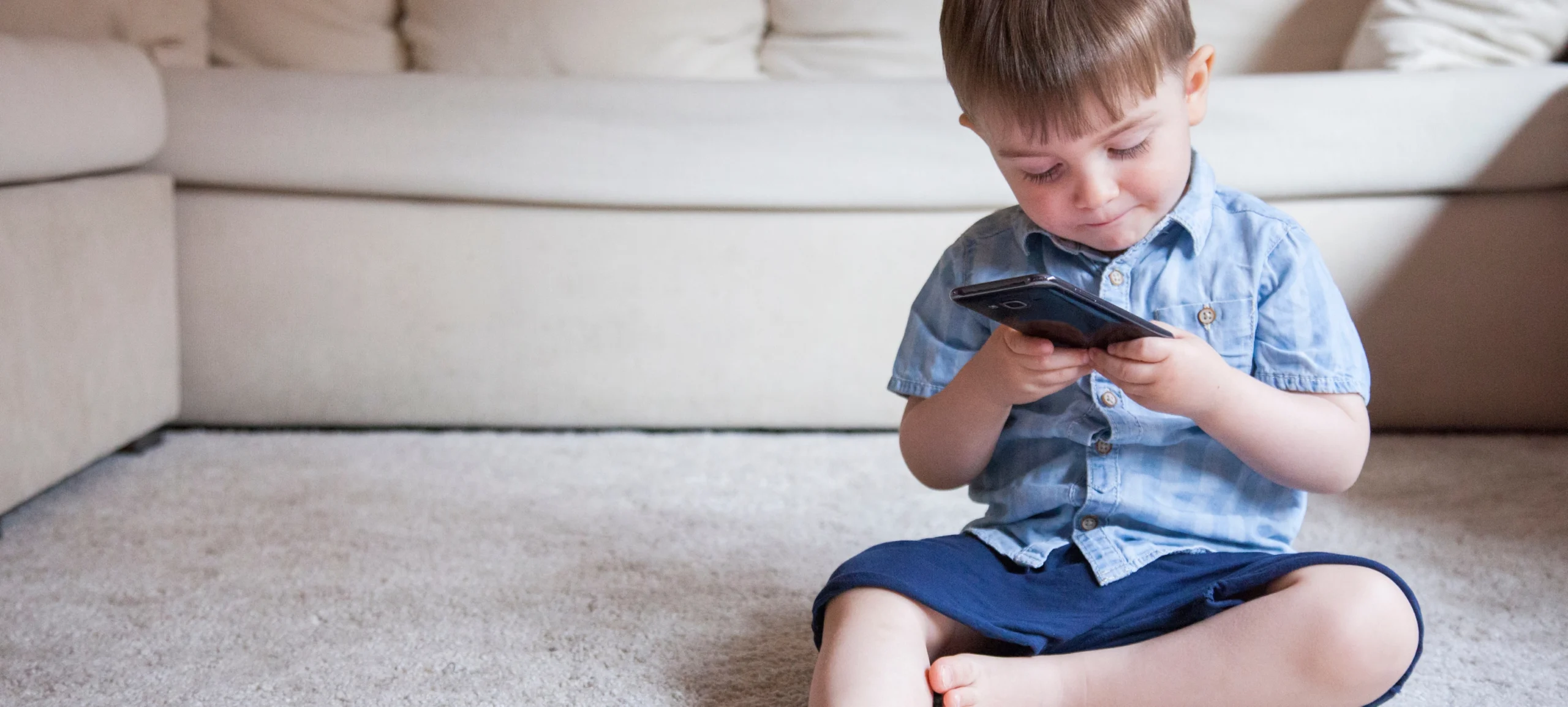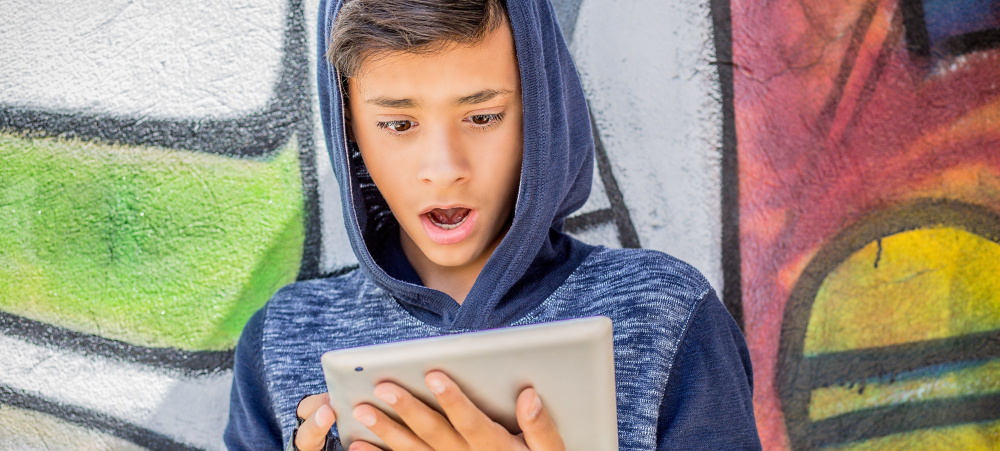In today’s digital age, determining the appropriate time to introduce a child to their first smartphone is a pressing concern for many parents. Balancing the benefits of connectivity and learning opportunities with potential risks such as exposure to inappropriate content and reduced physical activity requires careful consideration. This article delves into various perspectives, expert recommendations, and real-life experiences to guide parents in making informed decisions about when to provide their child with a smartphone.
Current Trends in Smartphone Ownership Among Children
The prevalence of smartphone usage among children has been steadily increasing over the years. According to data from Common Sense Media, 42% of children have a smartphone by age 10, 71% by age 12, and a striking 91% by age 14.
These statistics highlight the growing integration of digital devices into the lives of young individuals, prompting discussions about the appropriate age for smartphone introduction.
Expert Recommendations on the Appropriate Age
Determining the “right” age for a child to receive their first smartphone varies among experts and often depends on individual circumstances. Some guidelines suggest that children under 14 should not have smartphones.
Additionally, a survey by The Harris Poll indicates that parents, on average, believe that 13 is an appropriate age for a child to have a smartphone, with access to social media deemed suitable around 15 years old.
Parental Concerns and Considerations
Parents often grapple with several concerns when deciding to provide their child with a smartphone:
- Exposure to Inappropriate Content: The internet hosts a vast array of information, not all of which is suitable for children.
- Screen Time Management: Excessive screen time can lead to issues such as sleep disturbances and reduced physical activity.
- Social Media Influence: Early exposure to social media platforms can impact a child’s mental health and self-esteem.
- Cyberbullying: The digital realm can expose children to bullying beyond the physical confines of school.
These concerns underscore the importance of assessing a child’s maturity and ability to handle the responsibilities that come with smartphone ownership.
Alternative Approaches and Solutions
Some parents opt for alternatives to smartphones to address safety and communication needs without exposing their children to potential risks:
- Basic Mobile Phones: Providing children with basic phones that allow calls and texts can serve as a middle ground. For instance, one parent chose to give their 10-year-old daughter a flip phone, ensuring communication without the distractions of apps and social media.
businessinsider.com
Parental Control Features: Utilising devices with robust parental controls can help monitor and limit usage, ensuring children access age-appropriate content.
The Role of Celebrity Influence and Campaigns
Public figures have also weighed in on this debate. Notably, actors Benedict Cumberbatch and Paloma Faith have pledged not to give their children smartphones until they are at least 14 years old. This commitment is part of the Smartphone Free Childhood campaign, which has garnered significant support from parents and educators alike.
Real-Life Experiences and Lessons Learned
Many families have shared their experiences regarding early smartphone introduction:
- The Elachi Family: After giving their 10-year-old daughter a smartphone, they noticed negative changes in her behaviour, including decreased family engagement and sleep issues. Consequently, they replaced her smartphone with a basic phone, emphasising a more adventurous and screen-free childhood.
adelaidenow.com.au - Community Observations: Discussions among parents reveal that children typically receive phones between grades 4-7, often when they start commuting independently or engaging in activities without parental supervision.
reddit.com
Balancing Benefits and Risks
While concerns exist, it’s essential to acknowledge the benefits of smartphones:
- Safety and Communication: Smartphones enable parents to stay in touch with their children, providing peace of mind.
- Educational Resources: Access to educational apps and information can supplement learning.
- Social Connectivity: Smartphones allow children to maintain friendships, especially in today’s digital-centric world.
However, these advantages must be weighed against potential drawbacks, emphasising the need for a balanced approach.
Guidelines for Parents Considering Smartphone Introduction
For parents contemplating introducing a smartphone to their child, consider the following guidelines:
- Assess Maturity: Evaluate your child’s ability to understand and manage the responsibilities associated with smartphone use.
- Set Clear Boundaries: Establish rules regarding screen time, acceptable content, and app usage.
- Educate on Digital Etiquette: Teach your child about online safety, privacy, and respectful communication.
- Utilise Parental Controls: Leverage built-in features or third-party apps to monitor and limit usage.
- Encourage Offline Activities: Promote hobbies and activities that don’t involve screens to ensure a well-rounded lifestyle.
- Lead by Example: Model appropriate smartphone usage to reinforce healthy habits.
Conclusion
Deciding the right age for a child’s first smartphone is a nuanced decision that varies based on individual circumstances, maturity levels, and family values. While trends indicate increasing smartphone ownership among younger children, it’s crucial for parents to consider the potential risks and benefits. By staying informed, setting clear guidelines, and maintaining open communication, parents can help their children navigate the digital world responsibly.
Sources
- When Should You Get Your Kid a Phone? – Child Mind Institute
- What Age Should a Child Get a Smartphone? – Research.com
- Screen Time Dilemma: When Should Kids Get Their First Smartphone? – The Harris Poll
- Benedict Cumberbatch and Paloma Faith Join Phone-Free Parenting Pact – The Times
- Campaign to Bar Under-14s from Having Smartphones Signed by 100,000 Parents – The Guardian
- Yes, You Can Still Get a Flip Phone. Here’s Why It Was the Ideal First Phone for My 10-Year-Old – Business Insider
- Australian Family Goes Screen-Free After Giving 10-Year-Old a Smartphone and Regretting It – Adelaide Now
- At What Age Did Your Kid Get Their First Cell Phone? – Reddit Parenting Community
We understand that there are many aspects that encompass a Mother, Father or Child and strive toward providing resources and services that accommodates this.
Our content is aimed to inform and educate families on issues starting from pregnancy through to the challenges of the teen-age years.
- Tiny Toons Looniversity Returns: Meet the Voice Behind Plucky and Hamton! - December 12, 2025
- From Pain to Possibility: Panado®’s New Marketing Campaign, Highlights The Joy Of Pain Relief - December 10, 2025
- Feeding Unicorns by Jeni-Anne Campbell: A bold new book for business leaders who care - December 9, 2025






2 thoughts on “What’s the Right Age for a First Smartphone?”
A good age of giving a child a smartphone is at age of 13, at that age is when I see that she can left by her self at home when u are not around.
phones can be good and bad at the same time.thanks to this article in helping mothers make informed decisions!